Creating and Managing a Deep Structure and a Responsive Surface
We are fortunate to be living during a period of theatremaking where the relationship between performer and audience (whom I also refer to as “participants”) is being reimagined and reinvented. One of the primary challenges with OjO and this type of immersive work in general—in which the audience moves through the multiple spaces of the experience in a single forward direction—is creating structures able to support responsiveness in timing during the run.
Endless variable exchanges between performers, who often come from improv backgrounds, and audience members encourage an individual sense of unique experience, or trajectory within the larger common group experience. We’ve used a variety of techniques to build a scaffold of the acceptable timing windows for each scene or location, always remaining aware that if a participant moves significantly slower or faster than anticipated (and outside of our window), the people running the show must respond quickly to avoid a major backup or lag.
This is where the artistry of the writing and performing meets the technical needs of the piece: it’s critical that participants are able to move at their own pace, particularly once they have put on blindfolds. Given that most participants begin the experience before other audience members have exited, there is a certain unstoppability to the entire undertaking once the first audience members meet the first performer. Where can we hide flexible, connective, and responsive tissue in this piece? How do we park someone, or rush someone, without them ever knowing we are doing it?
Where can we hide flexible, connective, and responsive tissue in this piece? How do we park someone, or rush someone, without them ever knowing we are doing it?
July 2015
In a WoW planning meeting, Bricolage Artistic Director Jeffrey Carpenter tells me we are going to run thirty people an hour through the experience, in three cohorts of ten people entering every twenty minutes. This nearly doubles our capacity from the original production in Pittsburgh, where we ran two cohorts of eight people through, every half hour. We’ll also be cutting the runtime by almost 20 percent. Images of dominoes toppling and trains derailing into each other come to mind.

August 2015
We meet in Pittsburgh to workshop the first third of the experience, which will be the main change for San Diego. What had been a series of places and interactions—the participants navigating through downtown Pittsburgh on their own—will now become a more streamlined process that eventually takes about half the time it did originally.
Co-director/co-creator Sam Turich begins re-working The Chart we used for OjO during the Three Rivers Arts Festival (TRAF). The Chart is basically a huge spreadsheet that allows us to visualize the audience’s journey through the experience plotted on a minute-by-minute horizontal axis. This helps us troubleshoot potential extended overlaps, sound bleeds with cohorts in multiple spaces in the same building, re-setting between cohorts, and other traffic flow concerns. As with every piece of theatre, we don’t want to unintentionally foreshadow anything; here at WoW, the higher audience volume, the double tunnel, and the larger footprint of the show have us both sweating The Chart and grateful for The Chart.
After two days of work with some very friendly beta-testers, we’ve been able to distill the various types of disorientation, humor, waiver signing, and audience housekeeping critical for the top of the show into a cleaner, faster sequence. We’ve worked with The Chart and gotten the time down to something we feel is a reasonable approximation, without being in the actual performance space. Lead Writer Gab Cody does some great work throughout to ensure that we capitalize on what we’ve learned and decided.
We’ve also determined that the main holding area for the show should be “Mumbai”—our shorthand for the sequence of experiences participants have after they leave the boarding area in Gate C. In Pittsburgh, Mumbai was run by two performers and two techs (one ASM and one production assistant). In La Jolla, we plan to have four performers and two techs (we end up with three and a half techs, including me). It’s not what I would call a cluster—yet—but it’s right on the edge. The Mumbai experience was a major highlight for Pittsburgh audience members. We’ve got some phenomenal performers in San Diego and the audience will be blindfolded while they are in Mumbai, so we feel somewhat confident that we’ll be able to keep the trains running responsively and sneakily at the same time.
October 2-5, 2015
Over and over again, we run each scene to get a sense of the timing. Our performers are our first testers. We have to learn what the acceptable time windows for each scene are so that the entire piece falls within the parameters La Jolla has given us. So we address scenes that are too long or too short in rehearsal. Once we start the run, it will be too late to rework scenes.
October 6, 2015
We’ve got the first external beta-testers coming tonight: twenty audience members who are willing to come for free. It might all end in a huge fireball of confusion—we are still working stuff out. It gets a little hairy with The Chart, particularly towards the end of the second cohort, but we pull through.
October 8, 2015
Thanks to our beta-testers and The Chart, we’ve identified a timing issue: the penultimate scene involves a significant amount of audience participation and has the tendency to stretch. Gab trims the script and Tami Dixon, a project co-creator and the director for that space, works hard with Bob Kanish, the performer in the space, to reframe his beats, but it only takes us so far. We can accommodate the time adding up until the sixth cohort hits Mumbai. After that, there is too much extra time and it adversely affects the participant experience. There is a simple way of cutting three minutes from that scene, but we worry the show will not be as rich without it.
We decide that Sam will act as the timing decider in collaboration with Jeff and I in Mumbai as we load the tunnels. He will tell Nick Mansfield, Bob’s assistant, over headset whether or not the three-minute cut goes into effect on a per-cohort basis. This way, when there’s sufficient time, there’s no cut. When we need to shave some minutes, we can do so with relative ease. Bob and Nick are rock stars when we spring this on them only a day before we open.
When all goes as planned, I load all ten people in each cohort into the two tunnels in ten minutes. Audience members get to have some fun in Mumbai, but before they get too comfortable, we whisk them off into another sensory experience. It’s tough, particularly in the first couple of cohorts per session, to hold off loading the tunnel. The adrenaline and momentum of the show push me to just want to get on with it, but I know that will only lead to problems down the road. I’m also on headset with our phenomenal sound designer and technician and “eye in the sky,” Brendan Kepple, who warns me when I’ve got slow movers in the tunnel, so that we don’t run the risk of people bumping into each other accidentally.
October 9-11, 2015
Like other commandments, The Chart guides us, sustains us, and then sinks into our consciousness and disappears. By the second day of our run in La Jolla, all that remains of The Chart is a post-it note at the entrance of the tunnel reading:
LOAD TIMES PAST THE HOUR
00:08
00:28
00:48
When we strike the following day, I tape the post-it to Sam’s shirt as a memento.

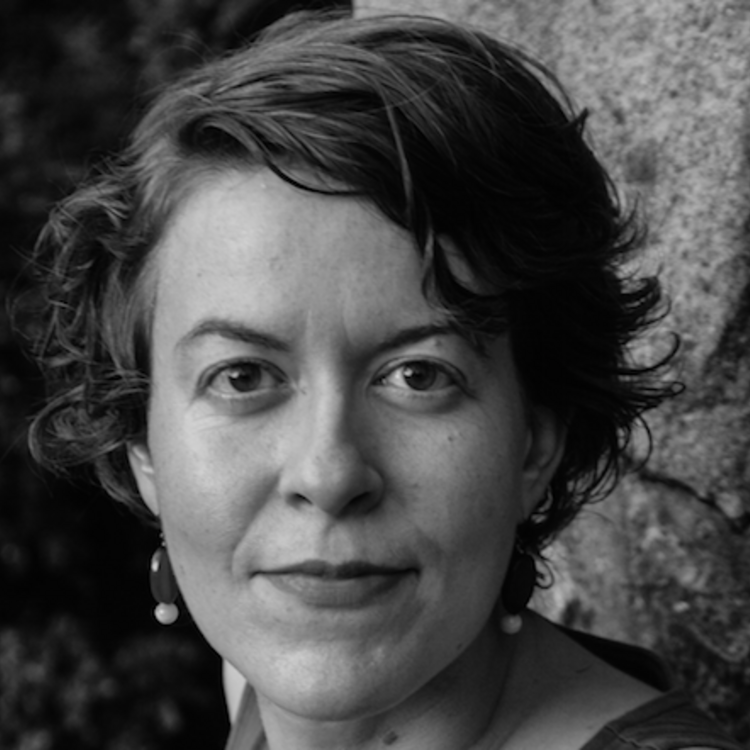
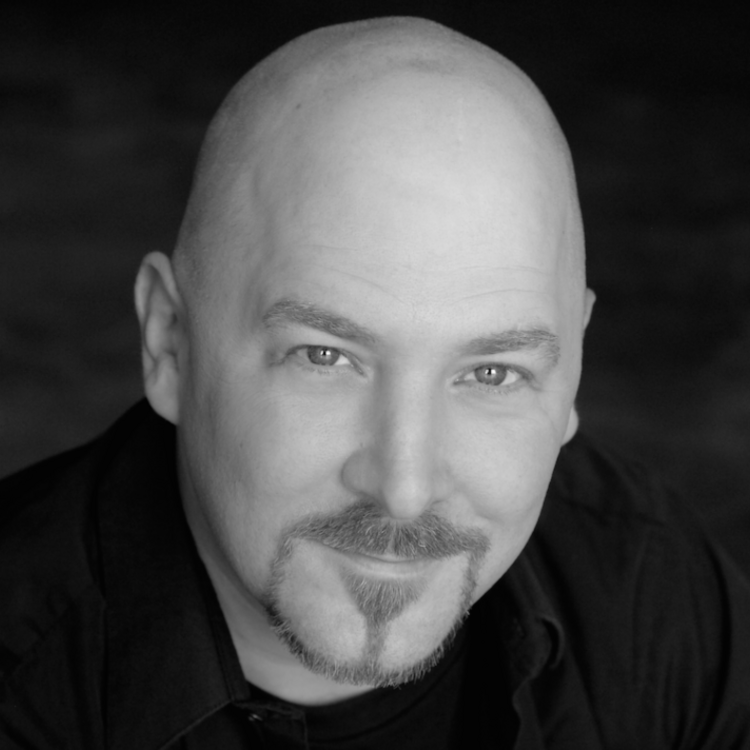
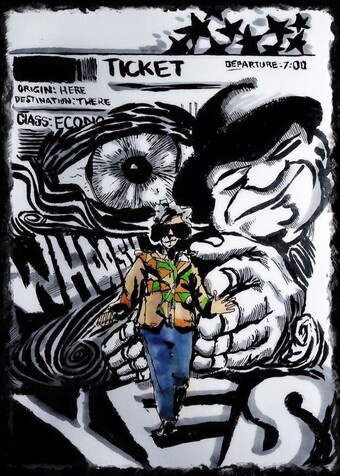

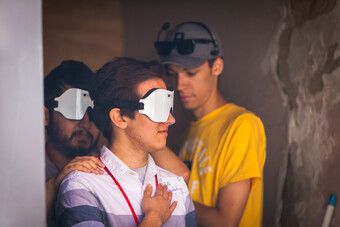

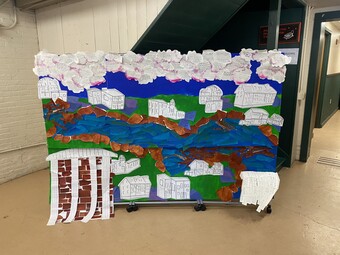

Comments
The article is just the start of the conversation—we want to know what you think about this subject, too! HowlRound is a space for knowledge-sharing, and we welcome spirited, thoughtful, and on-topic dialogue. Find our full comments policy here